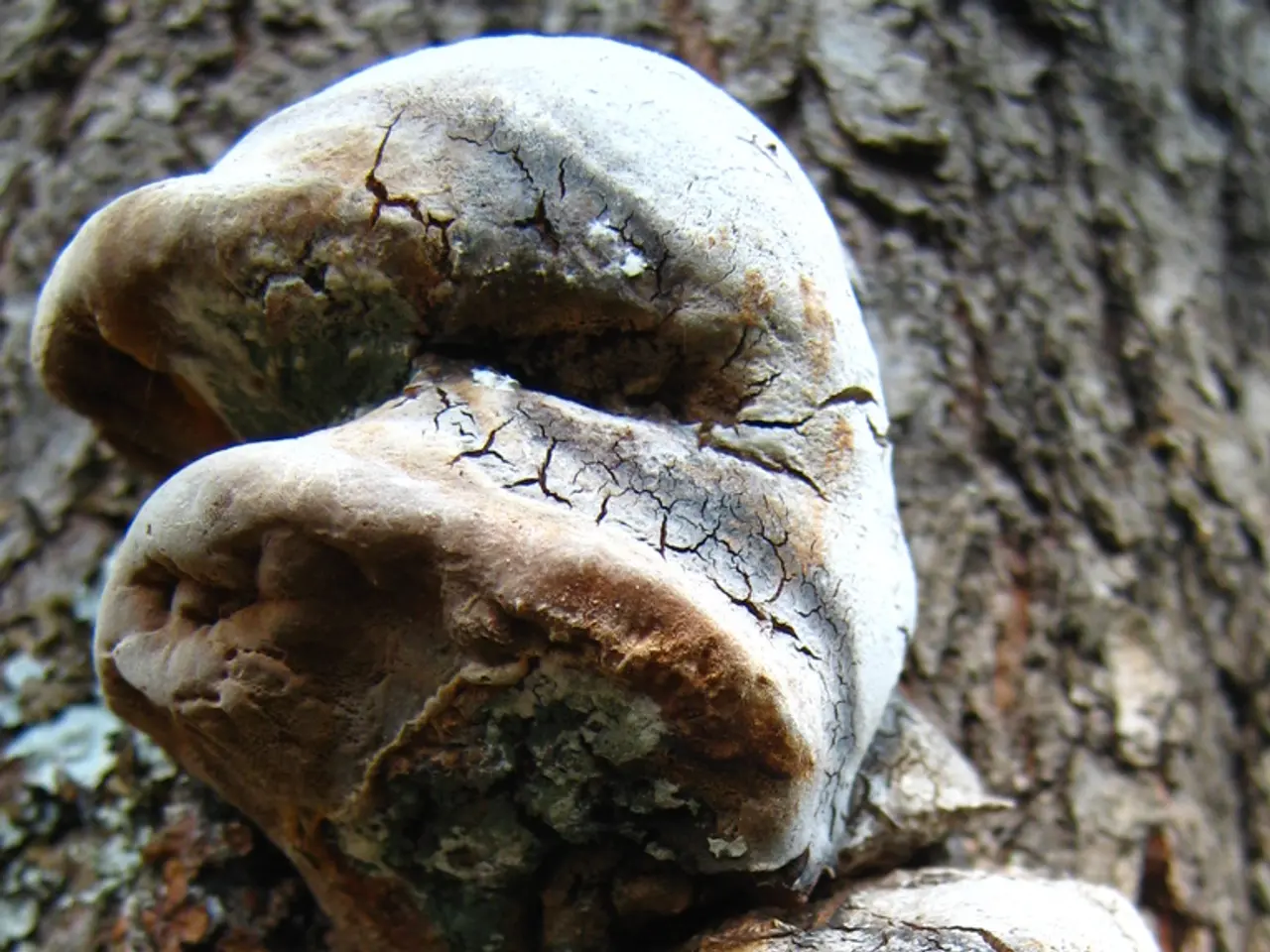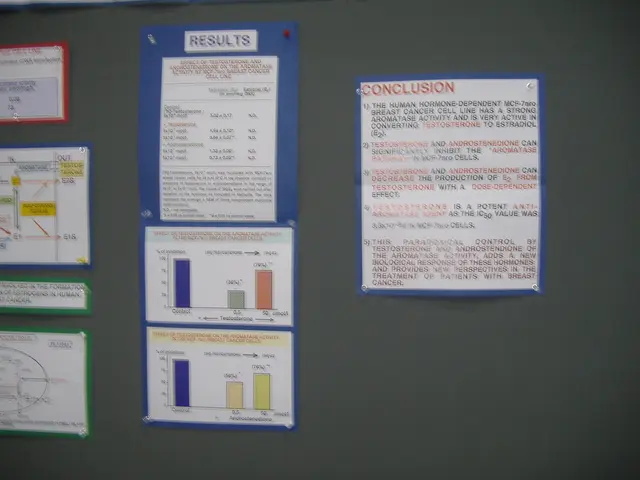Hydroponic Soil Fungus: Causes and Remedies
Preventing and Managing Fungus in Hydroponic Plants
Maintaining healthy hydroponic plants requires careful attention to environmental factors, watering practices, and contamination sources. Here are some effective measures to prevent and manage green fungus, often involving algae or fungal pathogens, in hydroponic systems.
1. Control High Humidity and Poor Air Circulation
Improving ventilation around plants helps reduce humidity and dries foliage and growing media quicker, making conditions less favorable for fungal growth. This can include using fans or selecting a growing location with good airflow.
2. Avoid Overwatering
Overly wet conditions provide a breeding ground for fungi and pests like fungus gnats. Monitoring moisture levels carefully and allowing the root zone to remain moist but not saturated is crucial. Using media that retains moisture yet drains well, such as coco coir or vermiculite, can help maintain proper moisture balance.
3. Prevent Contamination and Algae Growth
Using dark or opaque containers for the nutrient reservoir and covering any unused net pots or holes can reduce light exposure that fosters algae growth. Regular cleaning of the system components, including wicks and media, helps prevent buildup of algae and fungal spores.
4. Sanitize and Remove Infected Material
Removing infected plant parts and residues prevents the spread of fungal pathogens. Composting or disposing of old materials away from the growing site helps reduce inoculum sources.
5. Avoid Overhead Irrigation
Overhead watering wets foliage and promotes fungal diseases. Instead, water at the root zone or use systems like wick hydroponics that keep moisture near roots but foliage drier.
6. Use Mulches or Covers
In soil or soilless media, mulches such as black plastic can prevent weed growth and reduce moisture surface evaporation, indirectly reducing fungal risk.
Preventing Algae and Fungus
- Keeping the base of the plant dark can help prevent algae growth.
- Use opaque containers for the nutrient solution to inhibit algae growth.
- Dead organic material and debris in the hydroponic system should be regularly removed to prevent the growth of fungi.
Maintaining a Healthy Growing Environment
- Reduce humidity levels in the grow room to between 45% and 50% to prevent fungal growth.
- To prevent mould and mildew, humidity should be reduced to 50%, air circulation should be increased, and equipment should be kept sanitized.
- Sanitize all parts of the hydroponic system regularly to eliminate any remaining fungal spores.
- Isolate any plants showing signs of fungus to prevent it from spreading.
Preventing Fungus Caused by Overwatering
- The growing medium should be allowed to aerate between watering, and proper water flow should be ensured.
- Be wary of transplants as they can introduce foreign bacteria or fungi.
Chemical or Biological Fungicides
Fungi, such as mold and mildew, can cause significant damage to hydroponic plants. However, chemical or biological fungicides are less commonly recommended in hydroponics unless specific pathogens are identified. If necessary, apply organic fungicides to rescue affected plants in a separate room to avoid spreading spores.
Starting Fresh
- Compost severely affected plants and start over with fresh, sterile soil if the fungus has caused extensive damage.
- Use fresh, sterile, bagged seed-starting soil or growing media to prevent the introduction of fungi.
Preventing Contamination
- Preventing algae by keeping the base of the plant dark can help prevent fungus.
- Sanitize hands and tools before entering the grow room to avoid bringing in fungal spores.
Preventing the Spread of Fungus
- Avoid tracking in outdoor bacteria or fungi on clothes or equipment can help prevent fungus in the hydroponic system.
- Wear clean clothes and shoes, and wash hands and equipment before entering the growing area to prevent the introduction of fungi.
By following these practices, you can create an environment that is unfavorable for green fungus proliferation, improving hydroponic plant health and yield.
1. Implement Proper Light Management Adequate lighting encourages plant growth while limiting light exposure can help prevent algae growth.
2. Temperature Regulation Maintaining optimal temperatures can discourage the development of fungi and algae.
3. Recycle Water Reusing water can help reduce the risk of introducing new contaminants into the hydroponic system.
4. Integrate Sustainable Practices Adopting sustainable living principles, like composting nutrients, contributes to a healthy environment for hydroponic plants.
5. Embrace Technology Utilize data and cloud computing to monitor and manage environmental factors for optimal plant health.
Science and Technology Advancements
- Environmental-science research can provide valuable insights into preventing and managing fungal infections in hydroponic plants.
- Technology and education-and-self-development resources can help growers stay informed about best practices in hydroponics.
Sports, Health, and Lifestyle
- A balanced lifestyle, including regular exercise and health-and-wellness routines, can support overall plant health.
- Maintaining a lifestyle with practices such as sports, football (NFL, WNBA, baseball, hockey, golf, basketball, NCAA basketball, MLB, NHL, racing, American football), tennis, and golf can help balance your outcomes, much like big-wins in sports betting.
Casino and Gambling
- Playing casino games like poker, casino-games, lotteries, or visiting Las Vegas for a taste of casino-culture can be a fun and exciting break from your hydroponic journey. Just remember to practice responsible-gambling.
- Understanding gambling trends and Vegas-history can offer valuable insights into the world of entertainment and consumer behavior.
By integrating these various aspects of life into our hydroponics endeavors, we can create a harmonious environment that fosters healthy, vigorous plant growth.




